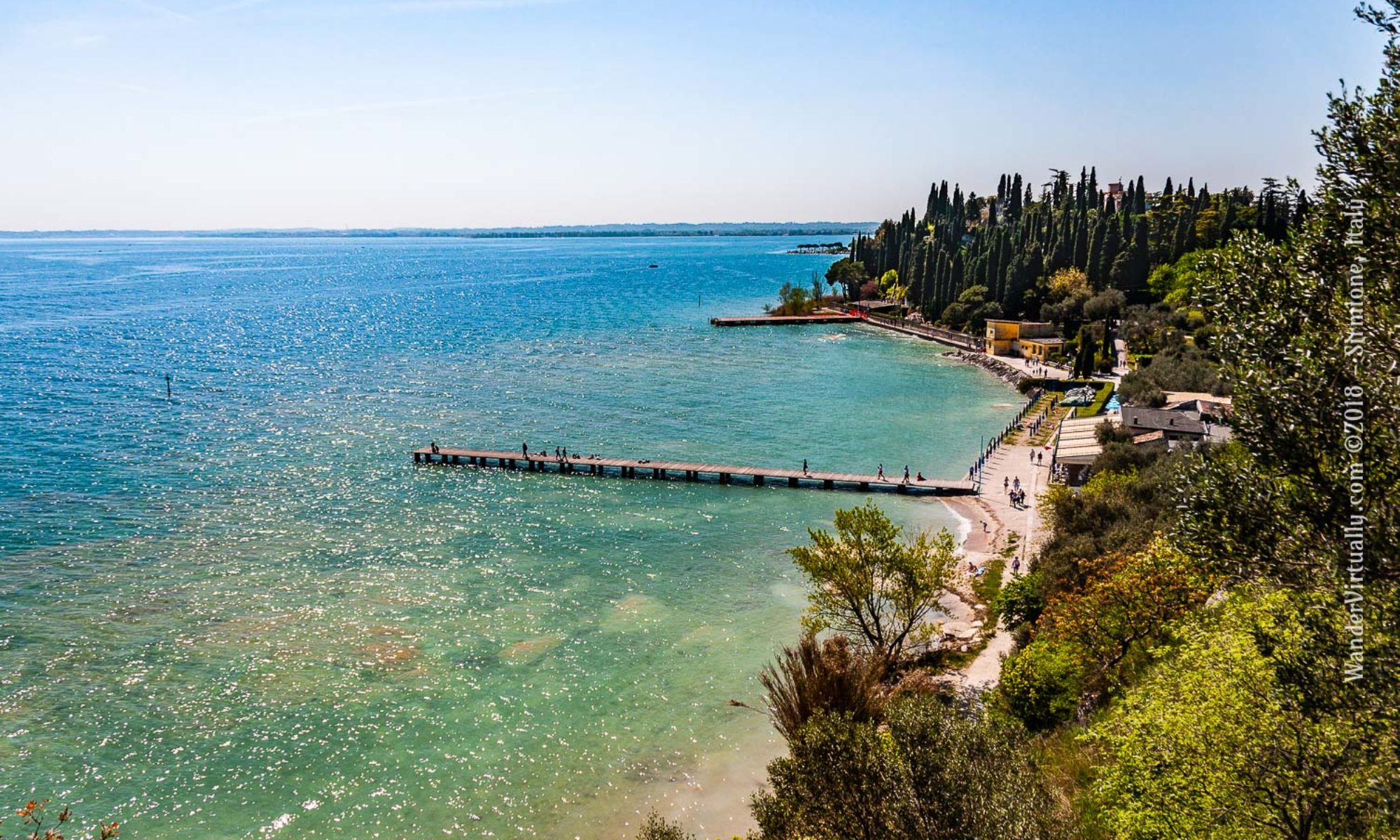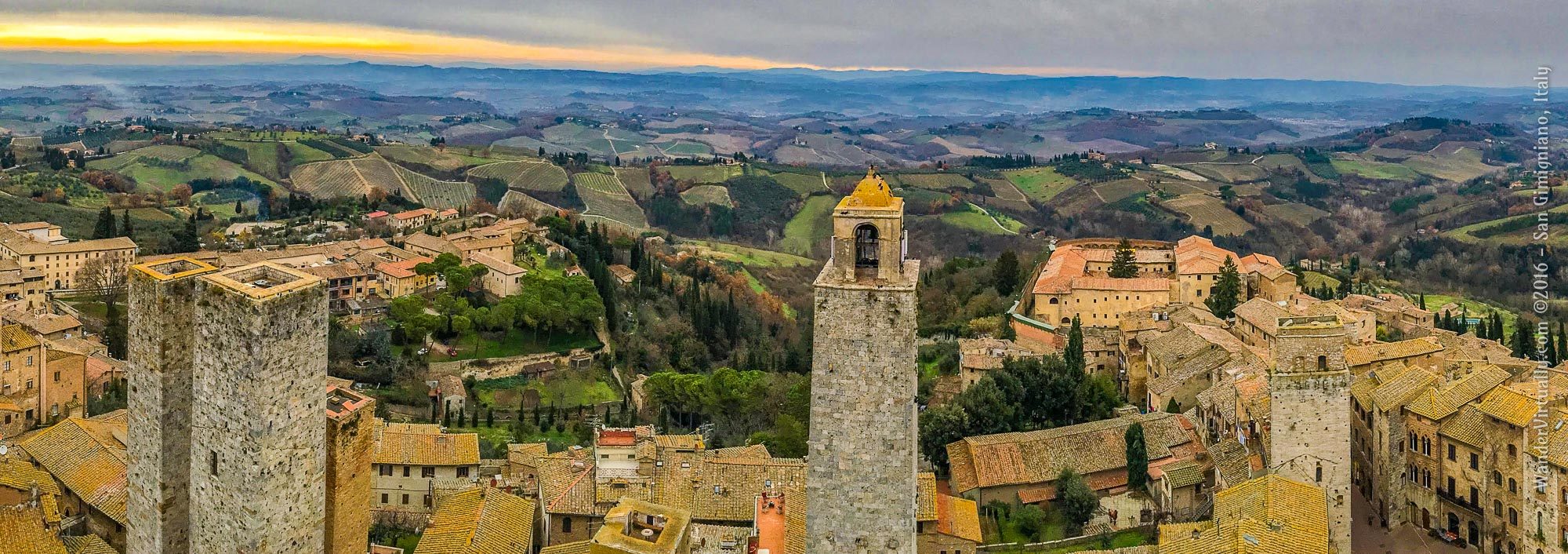Featured photo: A view of the Tuscan landscape, from the Torre Grossa in San Gimignano, Italy.
While civilization may have started near the Euphrates and Nile Rivers, it certainly went in full bloom by the Tiber River in Rome between 753 BCE – 476 CE. It was followed by a second glorious flowering by the Arno River in Florence in the 14th century CE.
Italy’s emergence and civilization resulted in truly consequential impacts to the story of humanity. Hence, a tour of Italy’s landmarks would be more meaningful if you know a little about its history.
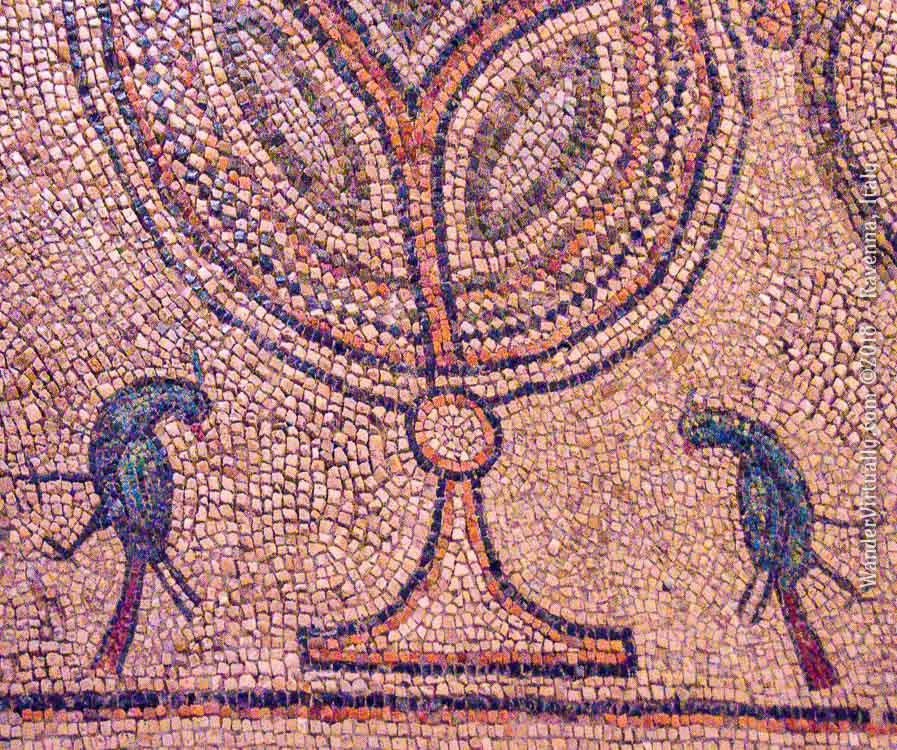
Did you know that the Founding Fathers’ early concept of US government was heavily influenced by Roman Republican ideals? Meanwhile, today’s modern arts, architecture, literature, music, philosophy, and science have their roots from the rediscoveries and the innovations of the Italian Renaissance.
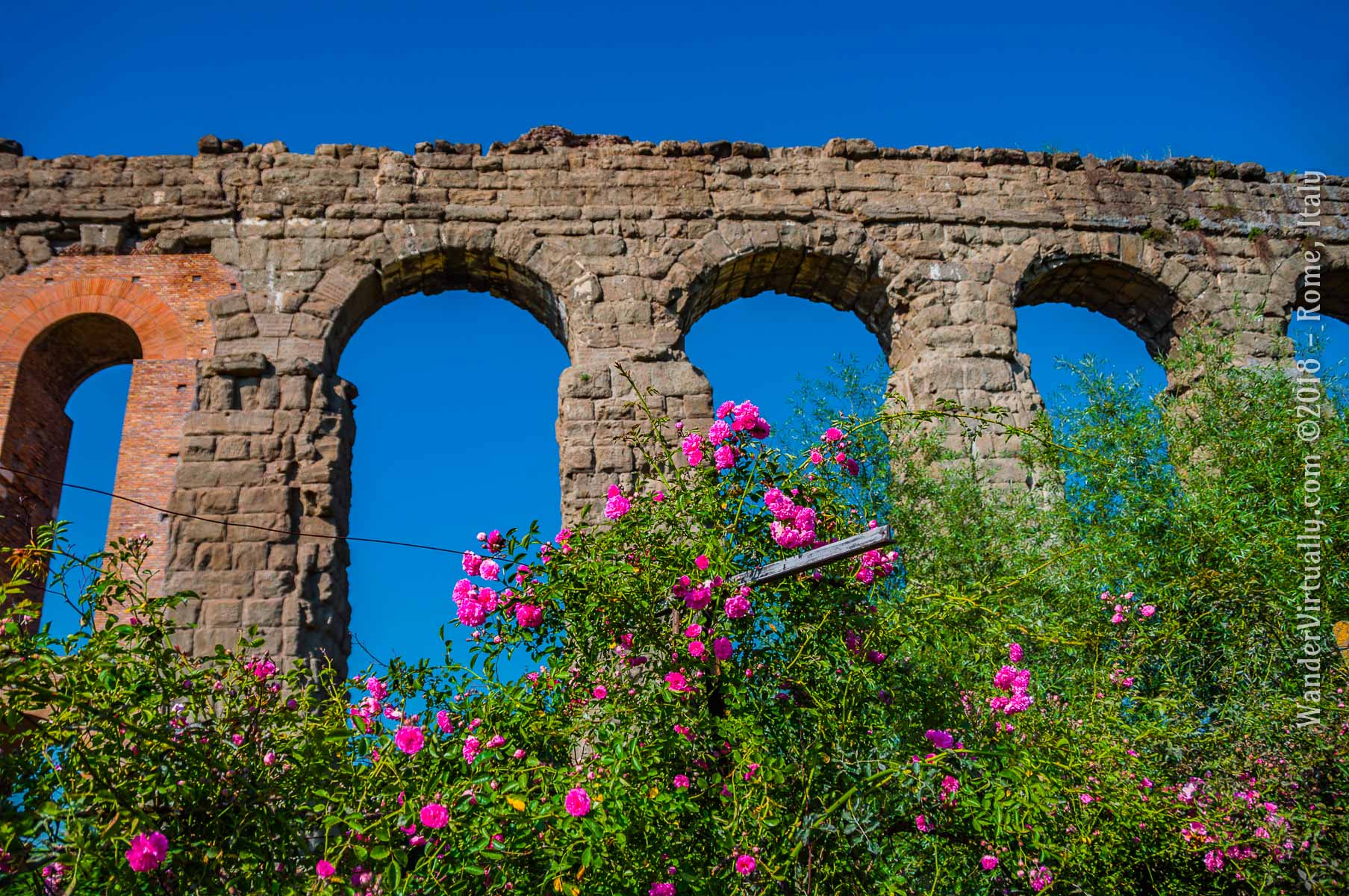
3 Millennia in 10 Minutes
Here’s 3,000 years of pre-modern Italian history in a nutshell. These are possibly some of the most studied historical periods on the planet.
As we visit landmarks, it helps to remember and keep these time periods straight, because Romans and later Italians had the propensity to build over existing foundations, or to recycle structures.
This gave rise to the phenomenon of a “layered Rome” where current buildings may be lying on top of edifices from previous centuries.
Expand the time-period in the following list to see my attempt to describe the highlights of each era. Once you know these time periods, you’ll get a better sense of the significance of many landmarks on the Italian tourism landscape today without having to earn a PhD in history.
PRE-ROMAN ITALY (Before 753 BCE)

Before Rome, there were earlier civilizations and later contemporaneous tribes that lived in the same geographical area we now call Italy.
Iron Age Italy was occupied by many cultures, most notably, a culture called Villanovan that developed in the central and northern part of the peninsula. Villanovans practiced farming, iron-working and cremated their dead.
Historians believe that out of this culture, the Etruscan civilization emerged as early as the 10th century BCE. By the 8th-6th century BCE, the Etruscans had become materially and culturally affluent, with considerable military and naval power. They exercised great influence on the nascent little town they called Ruma. One wealthy Etruscan even migrated to Ruma to try his political luck – and eventually, he became the 5th king of Rome! He brought with him Etruscan cultural practices and importantly, Etruscan engineering skills to build the new city’s infrastructure.
Many other tribes occupied the Italian peninsula aside from the Etruscans. These included the Latins (to which the Romans belonged), Umbrians, Oscans, Samnites, Ligurians, Veneti, among others. Greek immigrants occupied the southernmost parts of Italy – thus, it was called Magna Graecia (Greater Greece). Meanwhile, Celtic tribes settled in Northern Italy – Romans called it Gallia Cisalpina (Gaul this side of the Alps).
ERA OF THE ROMAN KINGS (753-509 BCE)

When Troy fell, Trojan Aeneas escaped to Italy and married the daughter of the local king. His line produced descendants who became kings of Alba Longa, including the grandfather of twins Romulus and Remus. A usurper to the throne banished the twins. A wolf discovered the babies and reared them. Later, a shepherd found and raised them to manhood. The twins discovered their provenance, killed the usurper, and restored their grandfather to the throne. The restored king gave them a piece of land on which to start a new colony.
Romulus founded Rome (753 BCE), but killed his twin brother Remus due to a dispute about property borders.
Nation and identity-building, wars with neighboring tribes – were the main preoccupations of this era. An early form of open immigration policy helped populate the city with much riff-raff from neighboring towns. Then, to ensure the city’s posterity, Romans resorted to kidnapping women of the Sabine tribe.
According to tradition, 7 kings ruled ancient Rome. Elected for life, they served for an average of 35 years. Due to the open-door policy, any reputable citizen could be elected king, even foreign-born ones. Consequently, Rome had 2 Latin, 2 Sabine, and 3 Etruscan kings. But because of tyranny and excesses, Romans overthrew the last king in 509 BCE, giving way to the Roman Republic.
Modern historians consider certain accounts from this period to be pseudo-historical, if not downright mythical. So, keep a tablespoon of salt nearby!
ERA OF THE ROMAN REPUBLIC (509-27 BCE)

In an extreme reaction to the last king’s abuse of power, Romans replaced the monarchy with a republican government consisting of 2 power-sharing leaders (consuls) who were elected annually from the patrician class. Commoners (plebeians) demanded and eventually earned greater franchise and access to political power.
Rome subjugated all the other tribes from Gallia Cisalpina in the North to Magna Graecia in the South. And after 500 years, it finally ruled the entire Italian peninsula by 220 BCE.
With its powerful navy and the supremacy of its legions Rome expanded beyond its borders. It vanquished powerful enemies like Hannibal of Carthage, Pyrrhus of Epirus, the Macedonians, and the Seleucid Empire. In less than 60 years – by the beginning of the 2nd century BCE – Rome lorded it over virtually all the land around the Mediterranean.
The Republic lasted for almost 500 years, until – in the midst of escalating civil unrest – Julius Caesar decided to become dictator for life, and brought about his, and the republic’s downfall. Chaos and civil war followed Julius’ assassination (ides of March 44 BCE). However, Octavian prevailed in 31 BCE and brought his uncle Julius’ dynastic ambitions to fruition.
ERA OF THE ROMAN EMPIRE (27 BCE - 476 CE)

Octavian – Julius’ chosen successor – became the first Roman Emperor, and called himself Augustus Caesar (27 BCE). In the first 200 years of the empire, there was peace and stability, Pax Romana.
Foreign expansion continued and extended the empire from Britain to Babylon. Emperors built magnificent structures to honor themselves, their gods, and their relatives. Later, Emperor Constantine the Great decided to move his capital from Rome to Byzantium (330 CE), effectively dividing the Roman Empire into Western and Eastern.
Christianity became legal (313 CE), then after several decades, it became the only approved religion of the empire. Famously polytheistic Rome shut down its temples, and snuffed the sacred fire that had burnt in the Temple of Vesta for a thousand years (391 CE).
Later, Germanic tribes swamped the empire’s borders as they were pushed south by nomadic invasions of their territories. Imperial Rome assimilated these refugees, but this influx is thought to precipitate the weakening empire’s demise. Many refugees joined the Roman army, but broke down the famous legion’s military discipline. The same Germanic barbarians sacked Rome multiple times until its economy, government and society finally collapsed (476 CE).
Despite Emperor Justinian’s futile efforts to revive it, the (Western) Roman Empire was irredeemably extinct. Meanwhile, its eastern twin, the mostly Greek/Greek-speaking Byzantine Empire in Constantinople, continued to flourish for another 1000 years. However, it ultimately fell to the Islamic Ottomans (1453 CE).
MIDDLE AGES / MEDIEVAL AGES / BYZANTINE ERA (5th-14th century)

Whatever we call it, I would consider this period a “cultural interregnum” between the 2 Eras of the Roman Empire and the Italian Renaissance.
The once united Italy splintered into a multitude of city-states and medieval fiefdoms. The population of the city of Rome plunged from a million people to just thousands.
Christianity prospered, while paganism and polytheism began to retreat into the dark corners of civilization. Those magnificent imperial monuments deteriorated, or were repurposed into churches, or else quarried for their bronze and marble.
Petrarch referred to the Middle Ages as the “dark ages”, because apparently, there was a dearth of intellectual production other than the mostly religious works of monks and priests. But there were in fact, a few gems like Emperor Justinian’s body of civil law which has greatly influenced modern law. Believe it or not, whether it was truly the dark ages is still the subject of debate among historians.
ITALIAN RENAISSANCE (14th-17th century CE)

Almost a thousand years after the fall of the great Roman Empire, Italian culture stirred. This rebirth was when Italian intellectuals awoke from centuries of medieval dormancy, rediscovered their past greatness, rekindled their passion for learning and innovation, and produced some of the best and most influential works of art, architecture, literature, music and humanistic philosophy.
Old monasteries were mined for any classical Greek and Roman masterpieces written before the Middle Ages, so Italians could re-learn knowledge lost in the dark centuries. Humanists introduced education that was centered on the genius of man.
Artists, architects, and intellectuals were paid to create innovative works that we still appreciate today. Petrarch, Dante, Giotto, Brunelleschi, Michelangelo, Da Vinci, Botticelli, Machiavelli, Galileo – are some of the “greats” who were protagonists in these times.
The rinascimento or renaissance began in the city-state of Florence. Soon, it spread throughout Europe, eventually leading to the European age of modernity in the 17th century.
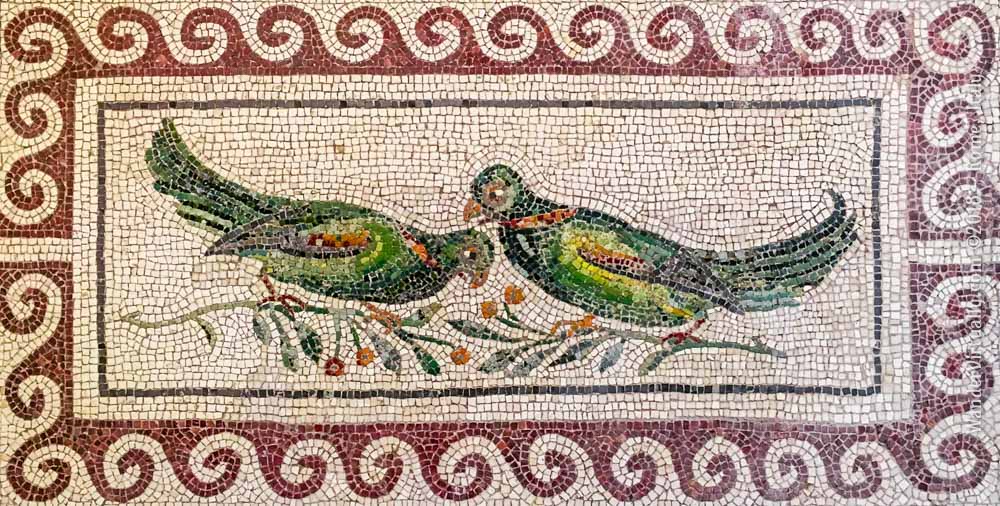
Virtual Scene: Recycling Ancient Structures
Here’s a 360 scene of Assisi’s city center with a view of the Santa Maria sopra Minerva. This is an example of a recycled ancient structure. Six Corinthian columns grace the facade of Santa Maria sopra Minerva. In ancient times, it was a Roman Temple to the goddess Minerva built in the 1st century BCE. It was in use until paganism became illegal in the 4th century and it fell into disuse. Renovations through the centuries transformed it into a Christian church, a jail, and then back to a Catholic venue. Today, it is an opulent baroque inside, while maintaining its classically simple elegance outside.
To view this 360 photo:
Rotate the photo: The circular icon on the lower left corner starts or stops the photo rotation. You can also manually swipe left/right/up/down 360 degrees.
Magnify the view: The slider on the lower left corner makes the view smaller (-) or larger (+).
Size the photo on your desktop: The square icon on the lower right corner maximizes or minimizes the photo.
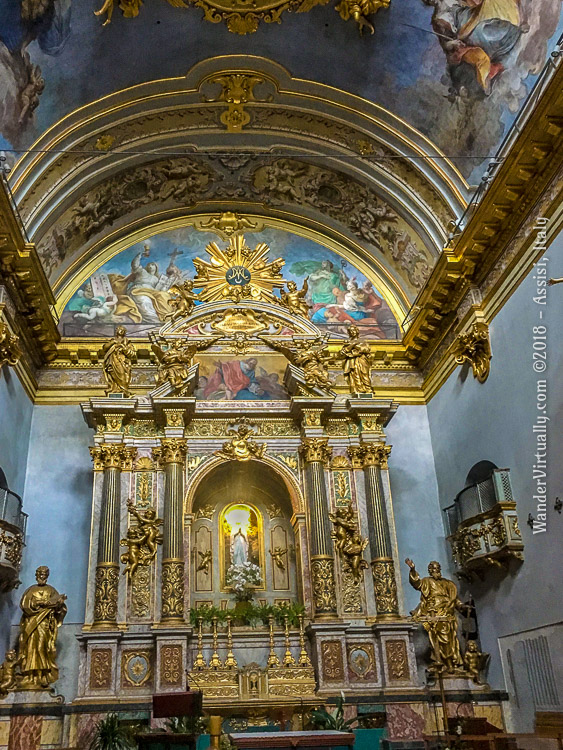
Visit the Italy page for more stories and travel tips …
BELLA ITALIA
Fascinating ancient stories.
Practical travel tales and tips.
